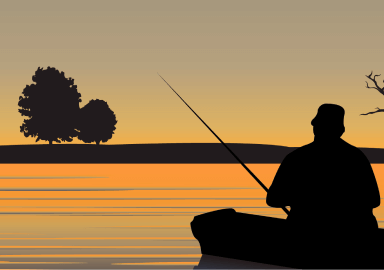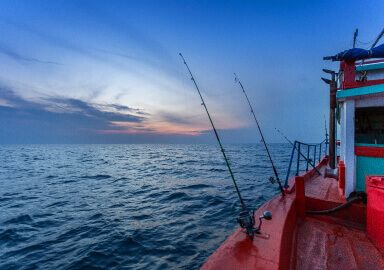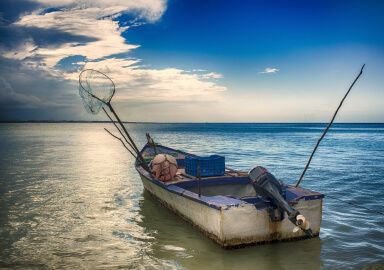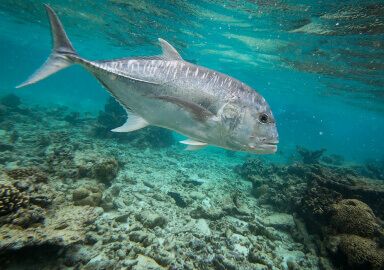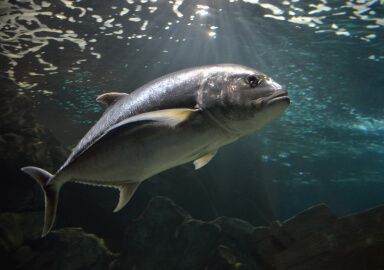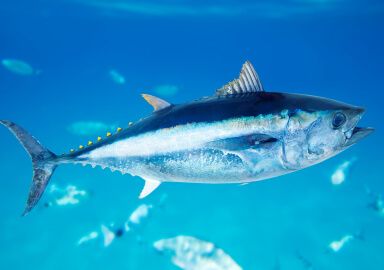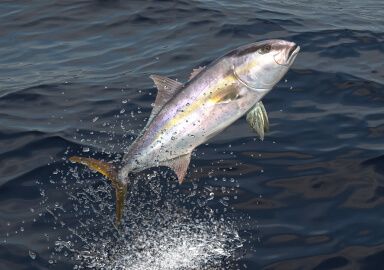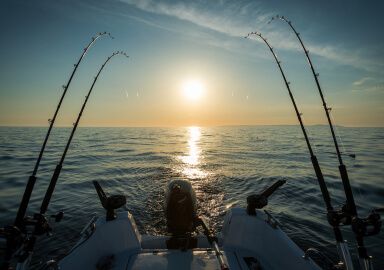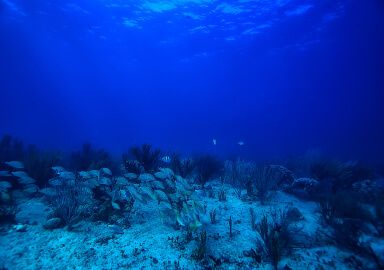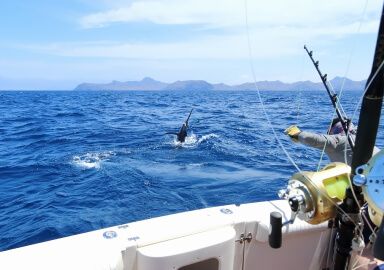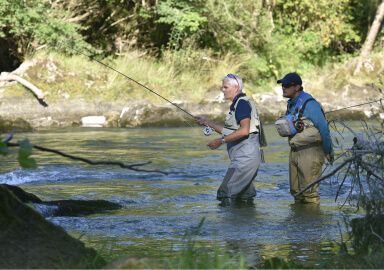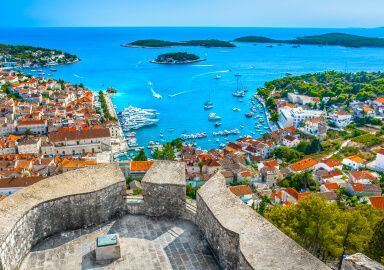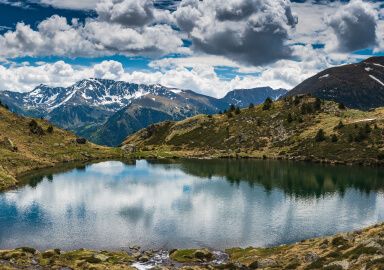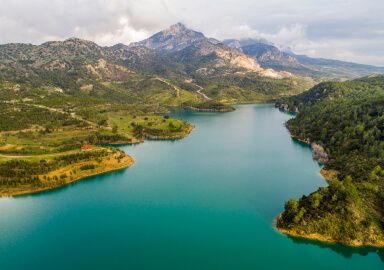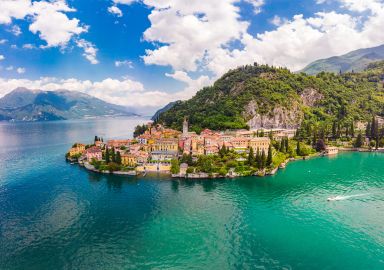Fishing in Spain
Everybody knows Spain for its beach vacations, architecture, wine, cuisine and culture - but did you know it has excellent fishing, too?
View 15 listings
15
listings
–
price starting from
47
fish species
–
to the nearest trip
About Spain
Spain is located in the South-West of Europe, and has profound access to both the Atlantic Ocean and the Mediterranean Sea, including the Gibraltar Strait, a bottleneck for fish migrating from one to the other. The Spanish islands, both Balearic in the Mediterranean and Canary Islands in the Atlantic, near the African coast, offer unsurpassed fishing opportunities. Freshwater fishing in the mainland of Spain is no less diverse. Andalucia is the province most renowned for fishing, but you can have a great time on the water pretty much everywhere in the country. A fishing license is required; those are usually included in the price when you’re hiring a fishing boat, but you’ll need to purchase it yourself if you’re after a DIY trip.
Fishing Types
Most fishing enthusiasts who visit Spain are naturally attracted to the deep sea fishing opportunities. At every coast, in the mainland or on the islands, you’ll find professional captains and charters, ready to take you fishing, as well as local traditional anglers who could also be convinced to take out a client in their old, workhorse boats. Nearshore and offshore fishing is no less popular, but mind that fishing is not allowed on most of the organized beaches. If you thought there’s no such thing as backcountry fishing in Europe, visit the Pyrinees; a few days chasing trout with a fly rod in these pristine environments will cleanse your mind off the civilization’s residue. For river fishing, the Ebro is the best-known among the angling enthusiasts, and lake fishing lovers recommend wetting your lines in Lake Orellana and Sierra Brava reservoir, but you can find excellent fishing in other rivers and lakes of Spain, too.
Targeted Fish Species
Spanish coastal waters are abundant with saltwater fish, big and small. Tuna mahi-mahi, marlin, wahoo, and other trophy fish usually visit the Spanish shores in the summer months, while such species as barracuda, bonito, snapper, amberjack and bream can be caught the year round. As far as freshwater species are concerned, Spain is home to some of the biggest carp and catfish in the world, and barbel, zander, black bass and pike fishing are also second to none. The freshwater seasons are usually open from March to October, with the exception for trout and salmon, which can be caught from May to July; check the regulations for the province you’re headed. Before a fishing trip to Spain, familiarize yourself with the list of threatened and vulnerable species, and when in doubt, release.
Fishing Techniques
You might have heard about “amaldarba”, the traditional type of tuna fishing in Spain, but it’s a commercial affair that involves nets, and not something a recreational angler can enjoy. Sports anglers pursue trophy dolphin, tuna, billfish and sailfish from trolling, and for smaller saltwater fish jigging and even handlining from a drifting boat could be an option. Anglers who are not keen on hiring a boat can fish from the shore; bottom fishing is the most popular technique, but saltwater fly fishing is gaining popularity. Freshwater springs and rivers running from the Pyrenees into the Atlantic Coast in the Basque country are arguably Spain’s best place to practice fly fishing. Take care to use single barbless hooks, and don’t forget that trout and salmon fishing in Spain is catch-and-release only.


